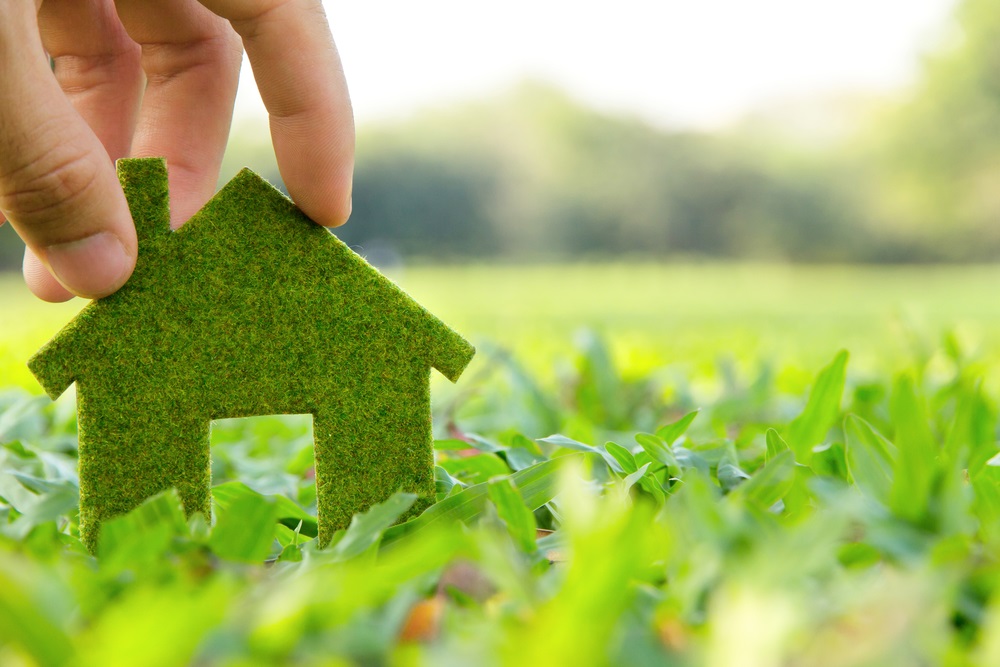Situated on the southwestern shores of one of the world’s most plentiful bodies of water—Dubai—embodies what the upcoming 13th Conference of the Contracting Parties of the Ramsar Convention on Wetlands (COP13) is all about:
Dubai’s stunning skyline, bold architecture, bustling city life, thriving economy, arid climate, and rich history—coupled with its real-world commitment to putting effective plans in place to care for its critically important urban wetlands—provides a distinctly select backdrop for this timely and urgently needed meeting of nations and concerned stakeholders, all joined in the common purpose of protecting, restoring, and ensuring the wise and sustainable use of our planet’s wetlands.
The Ramsar Convention is the only international treaty that focuses on wetlands. It’s also the only international treaty that focuses on a single ecosystem. Today, the Ramsar Convention’s list of Wetlands of International Importance includes more than 2,300 locations (Ramsar Sites) 1n 170 countries, covering a total of more than 225 million hectares. Seven Ramsar sites are in the UAE.
Intrinsically linked to our lives, our livelihoods, and our future, wetlands are critical to our existence. Yet, relatively few people understand the connection, the value of wetlands, or even what they are.
Simply, the word “wetlands” is an umbrella term for many types of water environments. More precisely, they include any land area that is saturated or flooded with water, either seasonally or permanently. Inland, they include aquifers, lakes, rivers, streams, marshes, peatlands, ponds, flood plains, and swamps. Along the coast, they’re our coastlines, mangroves, saltmarshes, estuaries, lagoons, seagrass meadows, and coral reefs.
The theme for the October meeting, that takes place every three years, is “Wetlands for a Sustainable Urban Future.” This will be the first time the meeting is held in an Arab country.
An important outcome of the meeting will be to engage the 170 countries who are Parties to the Ramsar Convention to reach consensus on key decisions and actions to protect, restore and sustainably use wetlands. The Ramsar Convention’s newly released flagship publication, “The Global Wetland Outlook; State of the World’s Wetlands and their Services to People”, provides an important resource and roadmap for moving forward.
For most of us, it is relatively easy to be captivated by the beauty of wetlands. Just consider the elegant flamingos, now so familiar to Dubai, that feed in the area’s wetlands; or the more than 67 species of water birds supported by the Ras Al Khor Wildlife Sanctuary—the UAE’s first Ramsar site—at the head of Dubai Creek. There is the fascinating Spoonbill, with its spatula-like beak, and the sleek and functional bill of the shiny-feathered Glossy Ibis. We are amazed by the unique coral reefs of the Gulf and fascinated by the languid and endearing dugongs that graze on underwater grasses in coastal waters.
These are just some examples of the bountiful natural beauty that wetlands endow. But in urban settings, wetlands take on even greater significance because they’re so interlaced within the fabric of everyday life, business decisions, industry operations, infrastructure, architectural design, and governmental policy.
In populated areas, wetlands protect human life, offering a natural infrastructure to help buffer against the threat of flooding, which has become increasingly common with extreme weather events. These buffers come in the form of salt marshes, mudflats, mangroves, or other wetland habitats—all of which house excess water in times of heavy rainfall and flooding. During the hot season, wetlands are invaluable in reducing city temperatures. They’re natural filters that remove sediment and pollutants as water flows through them, ensuring safe water for drinking, cooking, and bathing. Their fisheries strengthen urban security. And engineered properly, wetlands can address drainage issues, directing water flow in a way that prevents or reduces pollution downstream, where people reside. Wetlands offer up areas for recreation and exercise, enhancing the wellbeing of local communities. They add to regional identity and are of cultural and spiritual importance. And the rich biodiversity of wetlands and their aesthetic appeal provide the opportunity for responsible ecotourism. Importantly, wetlands help create jobs, so local economies can thrive.
Simply, wetlands sustain us.
Yet, the world’s wetlands are disappearing at an alarming rate—three times faster than fotrests—while much of the world doesn’t even bat an eye.
We are at a decisive moment. The planning and actions put into motion at COP13 to halt and reverse the loss of our planet’s wetlands will have echoing effects on future generations and the sustainability of our planet.
It is time to act swiftly and surely to adopt policies and practices for the conservation and wise use of wetlands. Wetland interventions must be scaled; raising awareness of the services they provide; integrating wetland conservation, wise use, and restoration into policies across all societal sectors; creating economic incentives so conserving wetlands makes good business sense in both the long- and short-term; taking action to eliminate perverse incentives that threaten wetlands; improving how we take inventory and track the extent of wetlands; and building wetlands into all planning to achieve each and every one of the United Nation’s 17 Sustainable Development Goals (SDGs).
Wetlands are the most valuable ecosystem in the world. They benefit humankind in so many ways. They always have—and in so many wondrously subtle and singular ways. The decisive moment is now. We must protect our wetlands. And in turn, they will continue to give us life.
By Martha Rojas Urrego, Secretary General of the Ramsar Convention on Wetlands



